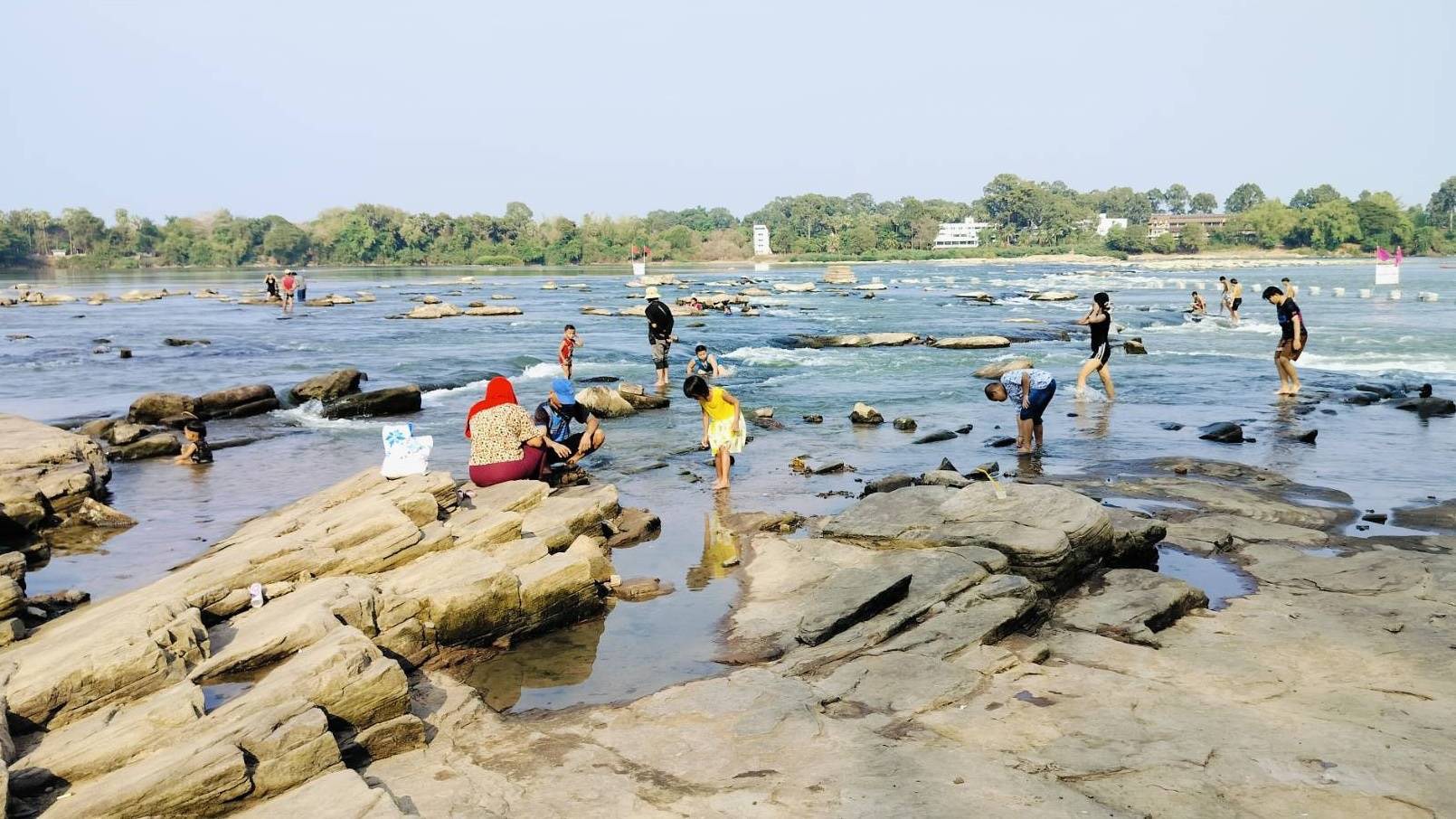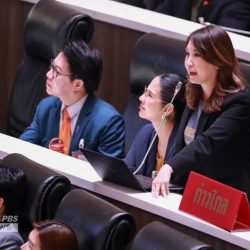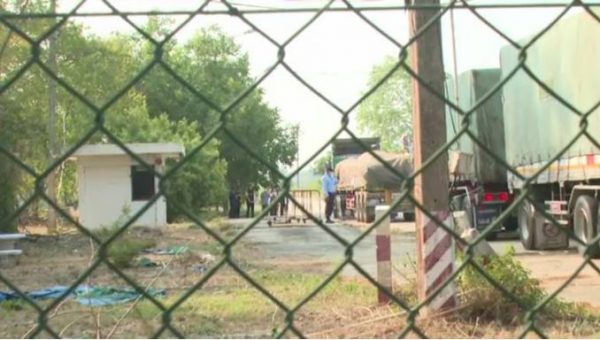Water shortages on Samui and Pha-ngan islands ahead of Songkran

Tap water rationing has been in place on Pha-ngan Island since late March, to ensure there is enough water for the next two months for residents, hotels and other tourism-related businesses in the popular southern resort.
The rationing is on a rotation basis, with some areas receiving water on certain days while the others get it on the alternate days. Between 3,500m3 and 4,000m3 cubic metres of water are being supplied each day.
The raw water on the island comes from two reservoirs, which have a combined capacity of 740,000m3 and the reverse osmosis water plant can produce 600m3 of potable water per day from sea water.
The tap water shortage is also hitting Samui Island, which is expected to see about 2.4 million tourist arrivals this year.
Privately operated water trucks can be seen cruising around the island each day, delivering to hotels and resorts, especially those located on higher ground which have no access to tap water. The drought on the two islands is worse than the previous years.
Ratchaporn Poonsawat, president of the Koh Samui tourism promotion association, said that hotel operators are having to spend more to buy water from private suppliers, making their operating costs considerably higher than hotels elsewhere.
In the long run, the water shortages may discourage new investment in the tourism business on the island, he said, as he urged the government to address the problem on a sustainable basis.
Raw water on Samui Island is derived from three main sources, the wetlands of Phru Krajood, Phru Na Muang and Phru Chaweng, which store a combined total of about 3,200,000m3.
Additionally, the island receives 22,000m3 of water per day from mainland of Surat Thani through an undersea pipeline. This supply is increased by 5,000m3 per day during the dry season.

Meanwhile, in the north-eastern province of Ubon Ratchathani, the Pak Mun Dam water management committee has resolved to discharge water into the Mekong River for tourism purposes from March 15 to April 17 during the Songkran festival.
The additional discharge of water will expose the Kaeng Saphue rapids, formerly a popular tourist destination in the province, which have been submerged since dam’s construction.
The temporary reappearance of the rapids has attracted many tourists, cooling themselves in the Mun River. Children’s laughter can be heard as vendors, food and souvenir shop-owners are all smiles with the return of the tourists, albeit temporarily.
Ubon Ratchathani Governor Suphasit Korcharoenyot said that the discharge of water from the reservoir into the Mekong River must be closely monitored, to ensure that it does not exceed 200,000,000m3 during the period.
Some critics, however, wonder whether the temporary joy is worth the waste of such a huge volume of water at the start of the dry season.






